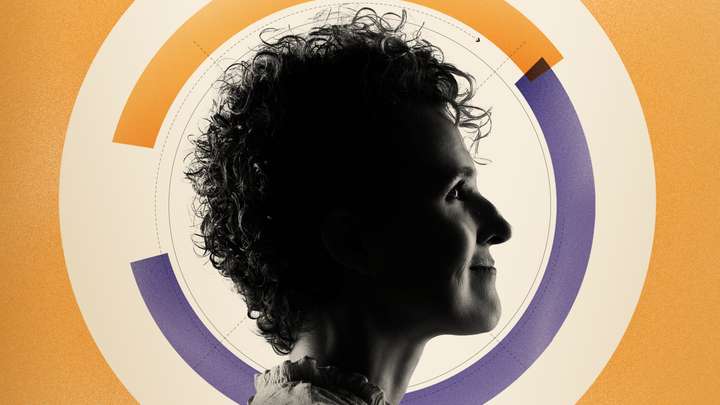
Sex Education, Eye on the Struggle
Top of Mind with Julie Rose - Season 1, Episode 49
- Apr 24, 2015 6:00 am
- 1:42:24 mins
Sex Education (1:20) Guests: Julie Metzger and Dr. Robert Lehman are co-authors of the new book, “Will Puberty Last My Whole Life?: REAL Answers to REAL Questions from Preteens About Body Changes, Sex, and Other Growing-Up Stuff.” Together they’re also co-founders of the Great Conversation speaking series which offers workshops on puberty and sex education around the country. Metzger is a registered nurse and Lehman is an adolescent health specialist and professor of pediatrics at the University of Washington. For nearly two decades, Julie Metzger has been voluntarily giving “the talk” to emerging teens. But she insists their parents be in the room, too. Can you fathom a more awkward setting? Learn how she does it. Eye on the Struggle (51:40) Guest: James McGrath Morris, author of numerous best-selling biographies and works of narrative non-fiction. His latest book is “Eye on the Struggle: Ethel Payne, The First Lady of the Black Press.” As President Lyndon Johnson looked into the TV cameras from behind a table in the East Room of the White House on July 2, 1964, a short woman in a striped skirt and white beret sat in the crowd—unrecognized by most of the invited guests. She had good reason to be there: President Johnson was about to sign landmark legislation outlawing discrimination based on race, color, religion, sex, or national origin. Such discrimination, he said, looking into the cameras, has been “deeply imbedded in American history. . . but cannot continue.” After signing the Civil Rights Act of 1964, President Johnson presented one of the ceremonial signing pens on his desk to the small woman in the striped skirt—52-year-old Ethel Payne—she’d spent years leading up to that signing as an eye witness to the Civil Rights movement for one of the most respected black-newspapers in the country. She covered seven presidents and reported from around the world well into her 70s. She broke a number of color barriers in journalism and came to be called “the First Lady of the Black Press,” all the while suffe









